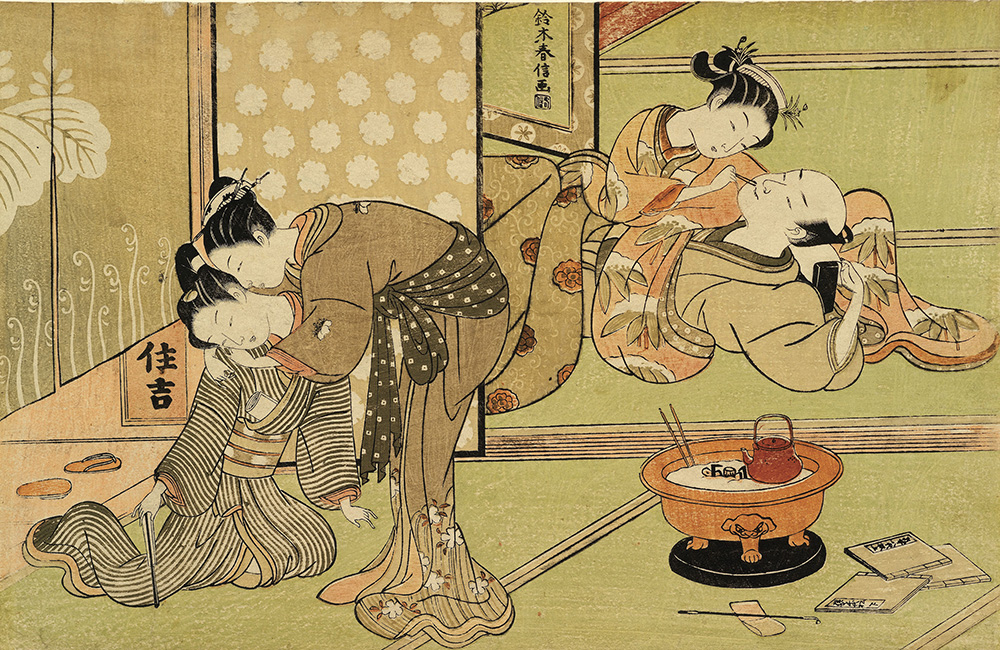Niyousha Taati | Contributor
Featured image: Many artworks associated with the Edo era were held back from display due to concerns about age. | Courtesy of The ROM
The Royal Ontario Museum’s, or ROM, latest exhibit, A Third Gender: Beautiful Youths in Japanese Prints explores the complex system of gender identities and social expectations in the Edo era, between 1603 and 1868, of Japan.
The role of the Wakashu, literally translating to “young person” but used predominantly to describe adolescent boys, and their relationship with both men and women is the main theme of the exhibit. It touches upon the many other gender identities of the time. In the Edo era, young boys were considered to be Wakashu after they reached puberty but before they were considered adult men.
Wakashu historically signifies Japanese boys who were about to enter the education or apprentice stage of their lives after childhood, characterized by their hair that was shaved at the crown but with grown forelocks. These were young men who were the subject of desire by women or men and would dress in a way that was distinct from children or men. Their identity was recognized based on their outward appearance. The exhibition features ukiyo-e woodblock prints, paintings, books, an astonishing kimono, Samurai armour and ornamental items used at the time.
As new as it is for some people in Western culture, the concept of gender fluidity was a common and well-accepted way of life 400 years ago in Japan. The Edo period in Japan, a peaceful and flourishing time was an economically and culturally important period. In that era, a person’s gender identity was not based on biological sex but on different elements such as age, social class, position in the sexual hierarchy and appearance.
Being a Wakashu was a norm in every man’s life, independent of their social class, and they were often hired by men and women alike for general labour or apprenticeships. The relationship between employers and Wakashu could be as simple as student and master or romantic and sexual. The exhibition goes on to explore the effect of Wakashu on Japanese culture. It shows paintings and prints of female prostitutes, also an established social class in the Edo period, who would dress like Wakashu and adopt their hairstyle in order to be considered more desirable.
Considering that the Edo culture strongly believed in a “floating world,” or ukiyo, where the concepts of pleasure and desire were central to life, there were few rules on how and who to love. Consequently, none of the practices explained above were considered unusual.
A Third Gender: Beautiful Youths in Japanese Prints does a great job in re-positioning our perceptions of what the “norm” looked like in non-Western cultures and what it can look like today. With the current LGBTQ+ issues all around the world, this exhibition makes visitors wonder if our Western notions of propriety and morality were really as common in other cultures as we’ve been told.
Aside from the cultural and historic insight, the exhibition was an absolute delight to observe in terms of the beauty of the artworks present. The skill and craftsmanship that went into every garment, painting or object complimented the complex themes nicely.


